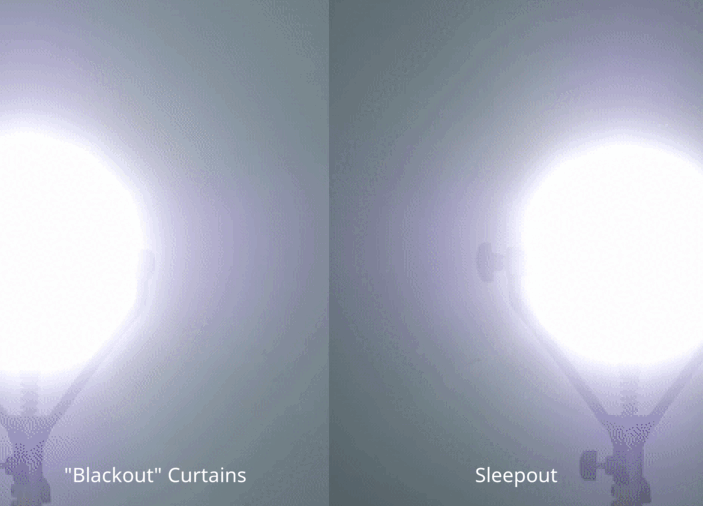Mastering sleep training for your 9-month-old breastfed baby can seem like a daunting challenge, but with the right strategies, environment, and tools, it can become a smoother, more manageable process for both you and your baby. The goal is to help your little one develop healthy sleep patterns while maintaining the special bond that breastfeeding provides. In this comprehensive guide, we will explore effective sleep training methods, the importance of a conducive sleep environment, and how specifically designed products such as Sleepout’s blackout curtains can facilitate this vital transition.
Understanding Your 9-Month-Old’s Sleep Needs
By the time babies reach 9 months of age, they typically need about 14 hours of sleep per day, divided between night-time sleep and naps. At this stage, night awakenings are still common, and many babies have not yet settled into a consistent sleep routine. This period is also marked by significant developmental milestones such as crawling, standing, and increased cognitive and social awareness, which can disrupt sleep patterns.
The Role of Breastfeeding in Sleep Training
Breastfeeding is not just a way to nourish your baby; it’s also a moment of bonding and can be a key component of the bedtime routine. Breastfed babies may nurse for comfort during night awakenings, which can become a sleep association. While this is perfectly healthy, it can pose challenges when you are trying to encourage longer stretches of sleep at night.
Setting the Stage for Sleep Training Success
Before you begin sleep training, it’s essential to establish a calm and consistent bedtime routine. This might include a warm bath, a quiet story time, cuddles, and a last nursing session before bed. The routine should signal to your baby that it's time to wind down and prepare for sleep.
Creating an Ideal Sleep Environment
Your baby’s sleep environment plays a crucial role in how well they sleep. This includes maintaining a comfortable room temperature, using soft and breathable bedding, and most importantly, ensuring the room is dark enough to promote sleep.
Light is one of the main environmental cues that can influence sleep. Excessive light exposure, particularly during bedtime, can inhibit the production of melatonin, the hormone responsible for regulating sleep-wake cycles. This is where blackout curtains, like Sleepout Portable Blackout Curtain, become indispensable in a sleep training toolkit.

Choosing the Right Sleep Training Method
Several sleep training methods can be effective for breastfed babies. The key is to choose a method that you are comfortable with and that you can consistently follow. Here are a few popular methods:
- Graduated Extinction (Ferber Method): This method involves putting your baby to bed when they are drowsy but awake. You leave the room and return at progressively longer intervals to comfort your baby without feeding.
- Chair Method: Sit in a chair next to your baby’s crib and gradually move the chair farther from the crib each night until you are out of the room. This can be reassuring for both the baby and the breastfeeding parent.
- No Tears Method: This approach focuses on developing a positive sleep association and gradually weaning off nursing to sleep. You might nurse to calm your baby but put them down awake, using soothing techniques like patting or singing until they fall asleep.
Night Weaning and Sleep Training
Night weaning doesn’t have to mean weaning entirely from breastfeeding. You can slowly reduce night feedings by increasing day feedings and offering extra cuddles or comfort at night. Discuss with your pediatrician the right approach for night weaning, taking into account your baby’s developmental needs and growth.
Common Challenges and Solutions
Every baby is different, and you might encounter specific challenges based on your unique circumstances. Some common issues include increased night awakenings during growth spurts or when teething. During these times, it’s more about providing comfort without creating new sleep dependencies. Ensuring a soothing environment, especially using blackout curtains to simulate night-time any time, can help significantly. Below is an example of a room transformed for optimal sleep using Sleepout curtains:

Monitoring Progress and Adjustments
Keep a sleep diary to track changes and progress in your baby’s sleep patterns. This not only helps you see what’s working but also enables you to adjust your approach based on real feedback.
Conclusion
Sleep training a breastfed baby requires patience, consistency, and the right environment. Remember that setbacks are normal and adjusting your strategy is part of the process. With the right tools like the Sleepout Blackout Curtains and a solid plan, you and your baby can enjoy restful nights that benefit the whole family.
Effective sleep training, coupled with an ideal sleeping environment, can establish long-lasting sleep health for your baby, reducing stress for everyone involved and nurturing the precious moments of your baby’s growth.


